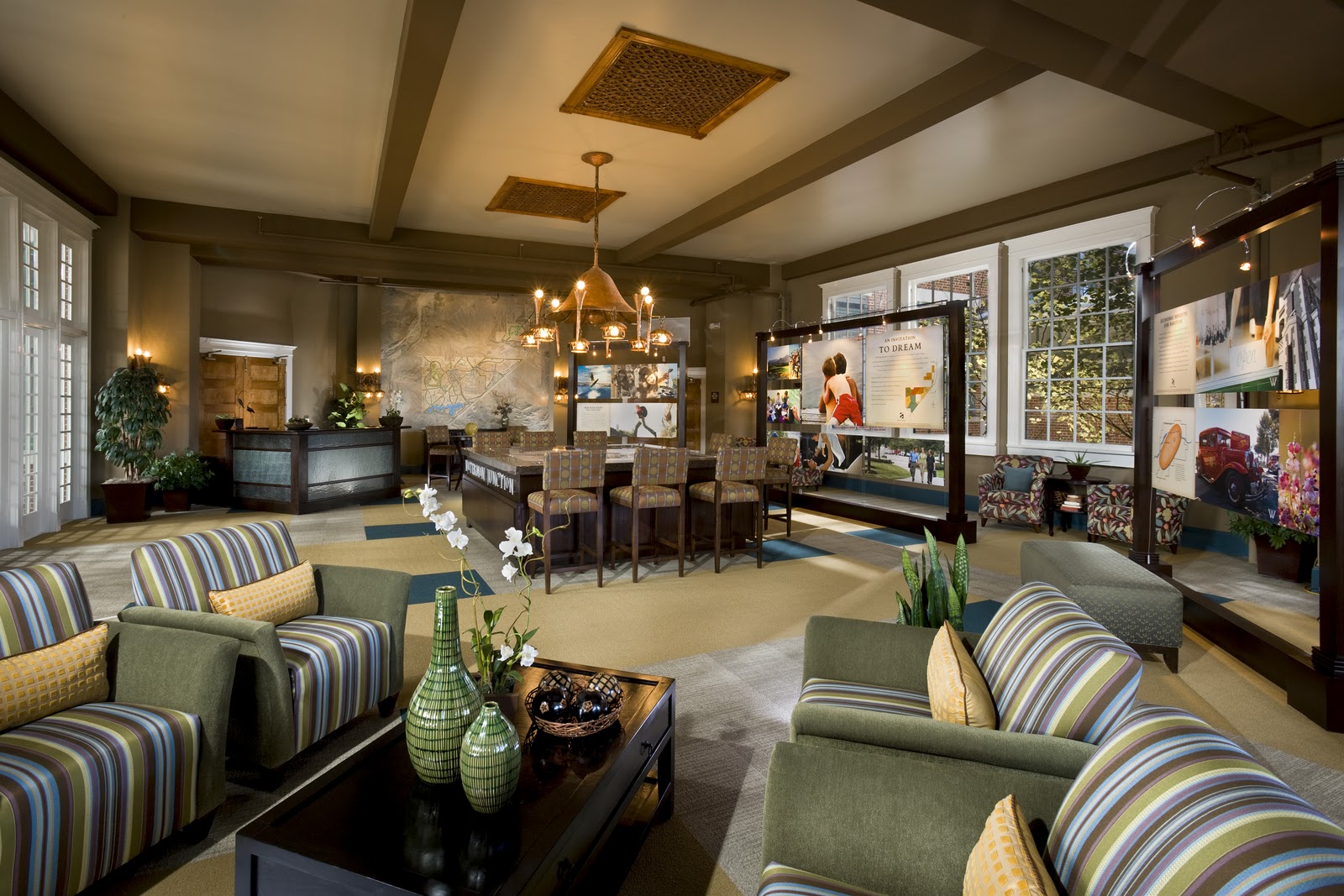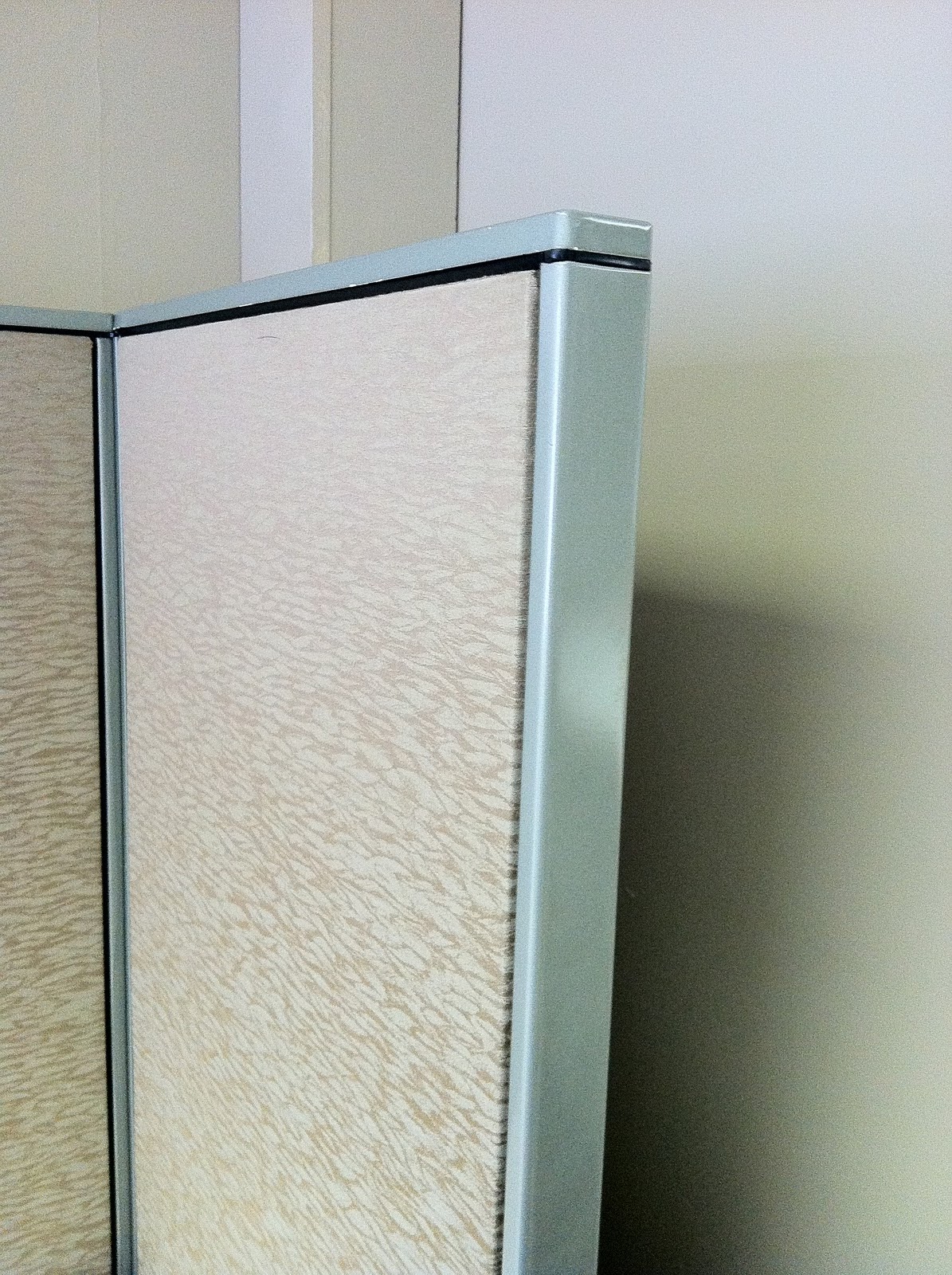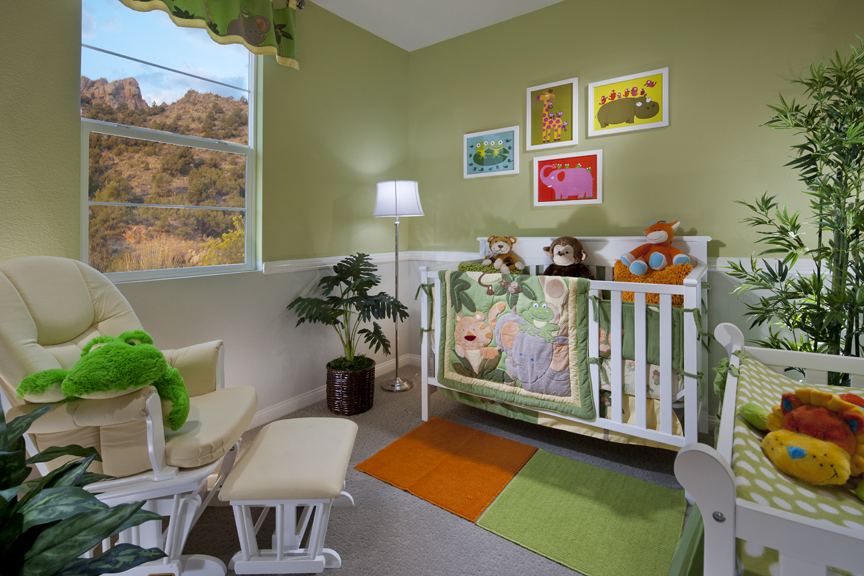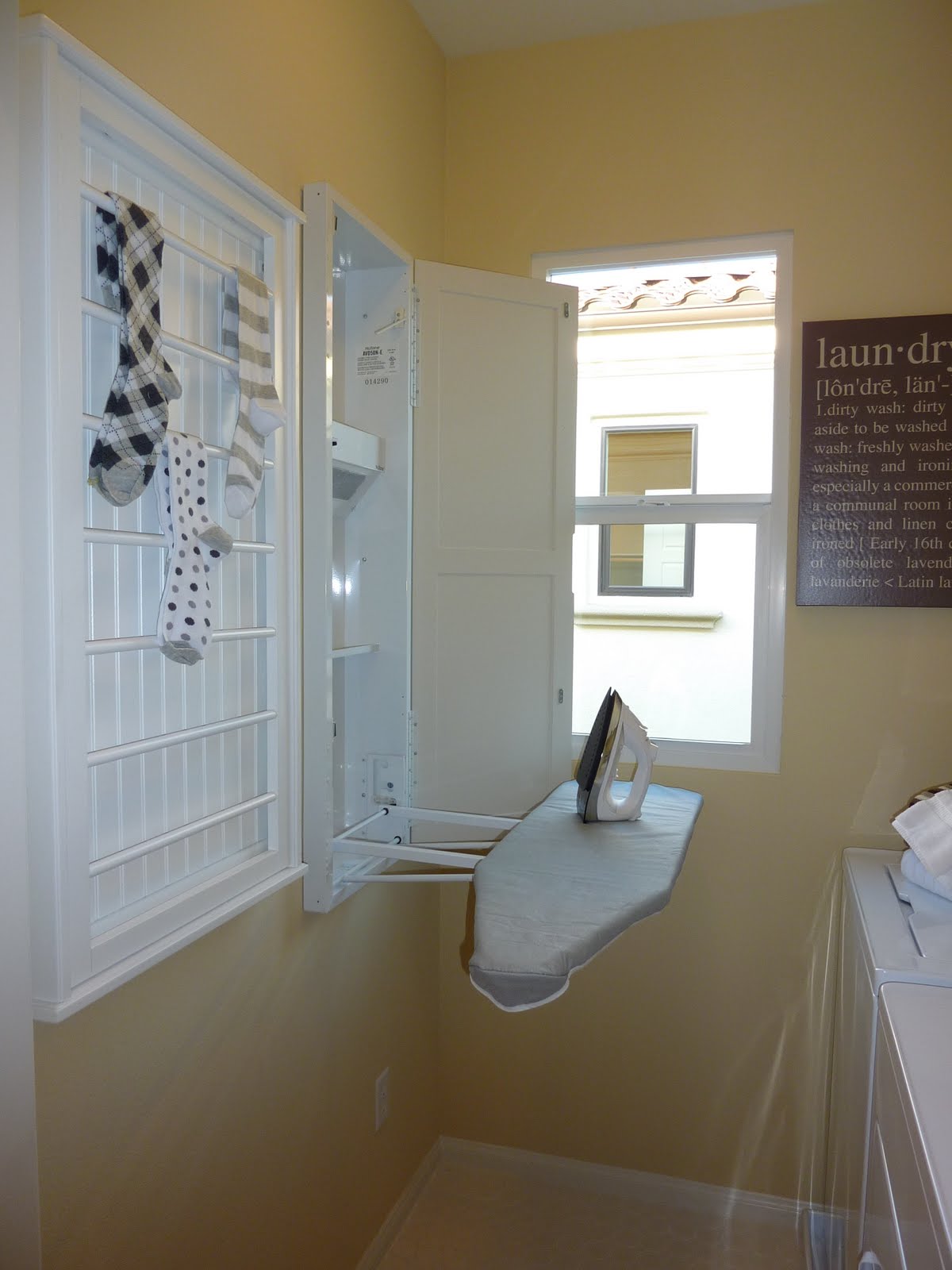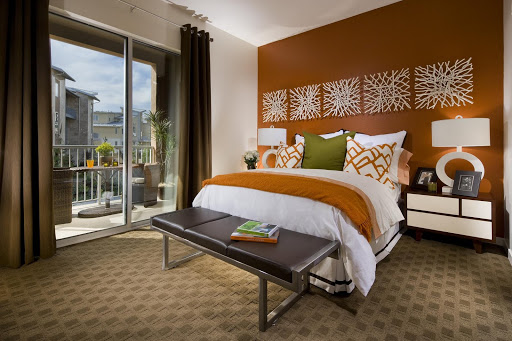Chameleon Design Featured Project: Waterman Junction, Barstow
For this project, Chameleon Design transformed the Harvey House restaurant in the middle of Barstow into an information center launching a new 80,000 home development. Dating back to 1885, the building used to be an old railroad depot. The building’s historical designation lead to considerable construction constraints. We made it work for us by drawing on original features such as the Doric columns, box beam ceilings and hammered copper chandeliers to infuse elements of the past with fresh modern styling.




